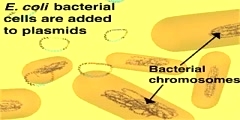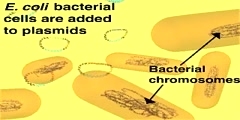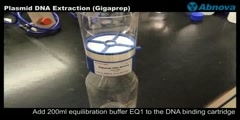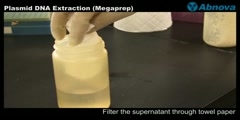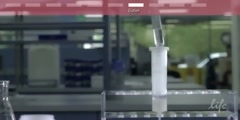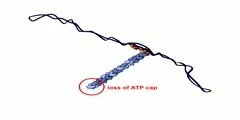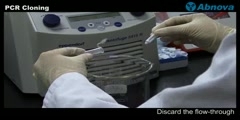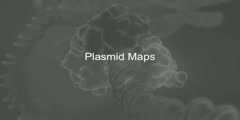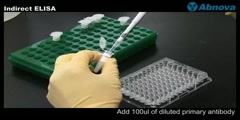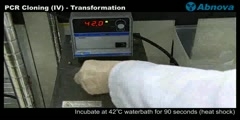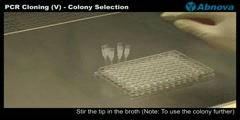Plasmid Cloning
This video explain plasmid cloning. I am also adding here background information: Plasmids are circular, double-stranded DNA (dsDNA) molecules that are separate from a cell's chromosomal DNA. These extrachromosomal DNAs, which occur naturally in bacteria, yeast, and some higher eukaryotic cells, exist in a parasitic or symbiotic relationship with their host cell. Plasmids range in size from a few thousand base pairs to more than 100 kilobases (kb). Like the host-cell chromosomal DNA, plasmid DNA is duplicated before every cell division. During cell division, at least one copy of the plasmid DNA is segregated to each daughter cell, assuring continued propagation of the plasmid through successive generations of the host cell. Many naturally occurring plasmids contain genes that provide some benefit to the host cell, fulfilling the plasmid's portion of the symbiotic relationship. For example, some bacterial plasmids encode enzymes that inactivate antibiotics. Such drug-resistance plasmids have become a major problem in the treatment of a number of common bacterial pathogens. As antibiotic use became widespread, plasmids containing several drug-resistance genes evolved, making their host cells resistant to a variety of different antibiotics simultaneously. Many of these plasmids also contain “transfer genes†encoding proteins that can form a macromolecular tube, or pilus, through which a copy of the plasmid can be transferred to other host cells of the same or related bacterial species. Such transfer can result in the rapid spread of drug-resistance plasmids, expanding the number of antibiotic-resistant bacteria in an environment such as a hospital. Coping with the spread of drug-resistance plasmids is an important challenge for modern medicine text reff: http://www.ncbi.nlm.nih.gov
Channels: Scientific Animations Genetics
Tags: plasmid
Uploaded by: second ( Send Message ) on 10-09-2007.
Duration: 4m 23s
